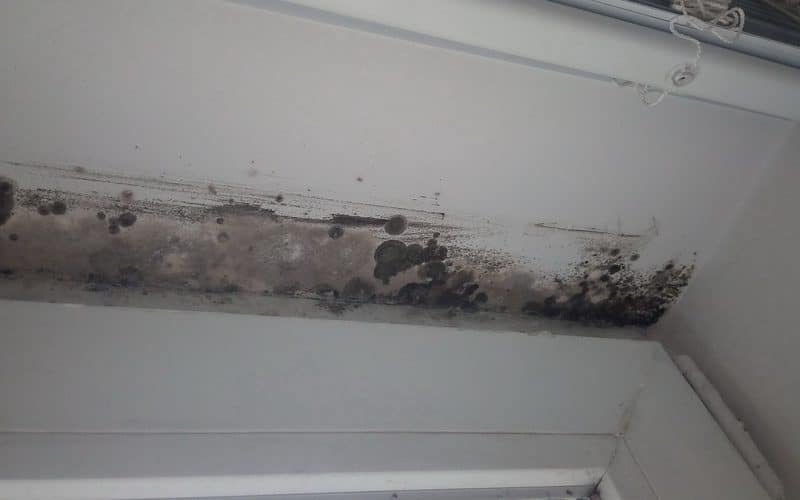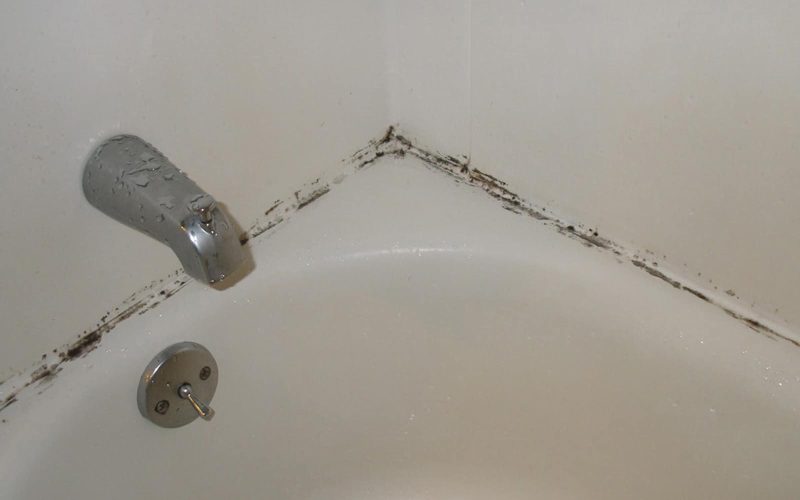A mold can simply be defined as a type of fungus. It grows mostly in buildings, food, and homes.
It is most common in areas that have moisture, damaged water, or damp surroundings. A mold grows in a multicellular form called hyphae.
A hyphae is a long, pipe like form structures which are produced by fungi.
While people mostly mistake mold to be bacteria, they are different. Mold can also be said to be very dangerous to health if not properly removed from surroundings.
Aside its harmful health effect, there is also irritation that comes alongside with a mold.
One way to check for mold in the human body is through the chest X-ray which as the ability to show you a detailed amount of fungal in the human body.
Mold can be seen both indoor and outdoor, and are mostly caused by roof leakage, cold environment or much moisture.
Few molds are said to not really have great health effects, but then over time, they can cause some health damages like asthma or other bad irritation.
Types of Mold
There are over 10 types of mold and we would discuss most of them below;

Alternaria
This is a very common type of mold, as it can be seen in the bathroom, homes or even under leaking sink. It can also be caused by damp and its irritation level is very high.
This type of mold can also lead to asthma symptoms, it is very quickly spread across the homes. They can also cause an adverse reaction to people that have a weak immune system like people with AIDs.
Aureobasidum
This type of mold is mostly found behind paintings, wallpaper, or even a wooden surface, over time it turns into a brownish color. It health risk factors are it can cause damage to the eyes, skin and even nails.
It is very much advised to take out such mold by regularly checking these places and doing proper clean up.
Fusarium
This mold is part of a group referred to as the Hyphomycetes. Hyphomycetes are forms of classified fungi imperfecti. Fusarium can be very dangerous and lead to death if found in cereal crops or any food chain because some of the species produce mycotoxins.
Also, most of the species are also harmless and are soil microbial community. They also grow faster at cold temperature, they can grow under carpet, wallpaper.
When constantly exposed to fusarium, one can develop a sore throat, sneezing, eye infection, and running nose. It can also cause more deadly diseases, like bone infection, and even destroy the nervous system.
Fusarium is one of the most toxic mold as it also spread pretty fast from one location in the home to another. Once you notice this ensure to check all your surroundings to completely stop the growth.
Mucor
This type of mold is commonly found in soils and also grows rapidly in thick conditions. It is also found in air conditioner areas, and it also has some life threats such as worsening a case of existing asthma or even bring about one, and if one is continuously exposed to this type of mold it can cause the brain and lung to malfunction.
It is never good to be exposed to mucor mold without any safe kits.
Cladosporium
This type of mold is mostly found in the outdoor environment. This type of mold can also grow in both warm and cold weather. When found indoor its mostly because of the presence of moisture. It is mostly found in cloths.
It is also an allergic kind of mold that can cause skin irritation, lung infection, asthma, lesion. It is always advised to not touch directly.
Penicillin
A type of mold that is quite noticed because of its blue or green colored surface. It is mostly found in damp and moist areas. This is also a high risk health factor kind of mold.
It is also used for some antibiotics production that does not stop it from causing real health problems if found indoors… This is one of the molds which is airborne and should not be inhaled by children, family members, and even pet.
It can cause asthma and pulmonary inflammation. It is also advised that people with a low immune system or an existing sickness should not be exposed to penicillin because it’s can make this sickness worse. It is advised to stop the spread of this mold, especially in homes.
Trichoderma
This mold grows rapidly in wet surfaces like wallpapers, carpet and also not so dried fabrics. This types of mold can destroy building materials, it can destroy wood and also paper products. It is said to be very toxic when she produce mycotoxins and can cause liver infection. It must be handled professional when been cleaned.
Chaetomium
This mold is commonly found in water-damaged areas, i.e homes and buildings, it is usually sound in the leaking roof and also damps. It also causes skin damages, nail infections, and in most cases, it produces mycotoxins which can be very harmful to health. In testing this type of mold it is advisable to cut off the moisture problem so it won’t return.
Stachybotrys
This type of mold can be found in damp, wet areas, and it grows on materials such as wood, paper, wicker, of even cardboard. This type is said to be very harmful and can also produce mycotoxins, it is often referred to as toxic mold because of its high risk.
It causes bleeding in infants and other neurological diseases in children. If you ever come across a black mold in the house, it is advisable to remove it from homes so that children won’t be exposed to it.
How to Stop the Growth of Mold
In as much that mold is one that can reoccur, it is also advisable to ensure we do our part to keep our environment free from mold.
Get rid of any damp materials which can be carpet, wood, wallpaper, and any leaking roof that must be properly fixed. Ensure that your environment is not moist and there are no damaged water around. Once the mold is cleared ensured to use drying equipment to dry out the affected areas.
Also, make good use of fungicide removal on each material, take out any unrecoverable material, and also ensure your environment is clean.








